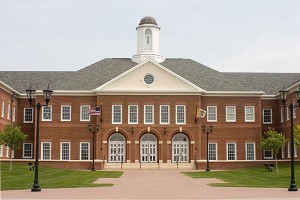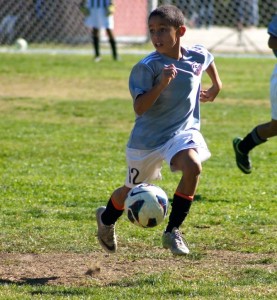When you’re applying to L.A. private schools, it’s common to apply to a mix of school types. Geography and the lack of an abundance of private schools make it necessary. If you have a kid entering kindergarten it’s difficult to envision him/her as a middle or high-schooler. Deciding on a high school based on the school’s kindergarten or elementary school can be taking a leap of faith. As my kids have gotten older, I’ve learned first-hand about the various school models. Each one has its benefits and, in some cases, notable drawbacks. There are solid education theories that support each school type. For example, in a K-6 school, educators believe that students should have the opportunity to be on a campus without the influences of older, more mature middle school students. Proponents of the K-8 school model argue that a small nurturing middle school on the same campus as the elementary school allows kids to move from the starting as the youngest in the school to become middle school leaders.
Here are my thoughts about each school model:
K-6. Some of L.A.’s best private schools are K-6. This is a familiar school type for many parents…a lot of us grew up going to K-6 elementary schools, either public or private. The idea of their child attending a small elementary school and then transitioning to secondary school appeals to a lot of parents. There is something very sweet about a school that is built to fit young kids. By the time kids graduate, they’ll be ready to move on to middle school. The K-6 schools take placement for 7th grade seriously and offer their assistance to families. Don’t be worried about applying to middle school from 6th grade. As long as you’re aware of what’s involved in the middle school admissions process, you shouldn’t rule out a school because it lacks a middle or high school.
K-8. For some kids, the K-8 model is wonderful. A small middle school where the often bumpy transition to a new school isn’t required at a very sensitive age sounds good to a lot of families (and kids too!). At most K-8 schools, there will be some new students entering for middle school, but the school won’t have a huge influx of students like the 7-12 schools.
For our family, the K-8 model didn’t work. By the time our daughter got to 6th grade, she was ready for a bigger environment with an academic middle school. She wanted to make new friends. She wanted opportunities like journalism and French. After all, she’d been with the same kids since kindergarten, with only a handful of kids joining her grade over the years. There is a very strong expectation in the K-8 model that families will remain there until 9th grade. The economics of the K-8 model necessitate that students remain through middle school. Once a kid leaves, it can be difficult for the school to replace that student. Some schools, like Curtis, closed their middle school several years ago due to declining enrollment.
Applying out for 7th grade, in our case, wasn’t easy. We did not have the support of the administration. This is NOT true at all K-8 schools. Support is necessary –or at least a neutral tone by the school–and it wasn’t forthcoming. But, we made applying out work because it was in the best interest of our daughter. It’s what she wanted and what we wanted for her. Luckily, we ended up with a true win-win situation for both our kids that wouldn’t have been possible if we’d had the support of the Willows administration.
K-12. We’re now a family at Viewpoint School, a K-12. With our daughter in middle school, I’m learning that the middle school is preparing her for Viewpoint’s rigorous high school. The middle and high schools are located in different buildings, but it will still be a transition. And, new students will be entering at 9th grade to add to a larger class. If you’re thinking about a K-12, take a look at the middle school, if possible, because it might help you decide whether the school is right for your child. Of course, a small number of students leave K-12 schools for various reasons. Sometimes, it’s related to academics. Other times, the reasons are social. While K-12 schools want their students to remain at the school for the duration, it seems like the K-12 schools understand that K-12 is a very long time and in some cases, it might be necessary for a family to change schools. The economics of the K-12 school model also account for—and anticipate– these changes. Ultimately, whether your child remains at a K-12 for the entire 13 years, there’s a comfort in knowing your kid won’t have to change schools until college. And, you’ll get to see where the school’s graduates attend college.


